In the realm of aerial photography and videography, the drone camera sensor serves as the critical eye capturing breathtaking vistas, revealing intricate details, and providing valuable insights from above.
Understanding the role of drone camera sensors is essential for anyone looking to harness the power of drones for creative, commercial, or research purposes.
In this article, we will take a closer look at drone camera sensors, their types, and their pivotal role in shaping the world of aerial imagery.
The Basics: What Is a Drone Camera Sensor?
At its core, a drone camera sensor is an electronic device that converts incoming light into electrical signals, ultimately forming the images and videos you capture during drone flights. These sensors come in various types, each with its unique features and capabilities.
Types of Drone Camera Sensors
a. CMOS (Complementary Metal-Oxide-Semiconductor) Sensors:
- Advantages:
- Speed: CMOS sensors are fast, making them ideal for capturing fast-moving subjects or rapid image acquisition.
- Energy Efficiency: They consume less power, which extends the drone’s flight time.
- Cost-Effectiveness: CMOS sensors are more affordable to manufacture, making drones equipped with them budget-friendly.
- Applications:
- Consumer drones for photography and videography.
- Action sports filming.
- Real estate aerial photography.
b. CCD (Charge-Coupled Device) Sensors:
- Advantages:
- Image Quality: CCD sensors offer superior image quality, particularly in low-light conditions, with lower noise and better color accuracy.
- Global Shutter: They use global shutters, eliminating the “rolling shutter” effect when capturing fast-moving subjects.
- High Dynamic Range: CCD sensors often provide better dynamic range, preserving details in both bright and dark areas of the image.
- Applications:
- Professional drones for high-quality aerial imaging.
- Low-light or night-time surveillance.
- Aerial mapping and surveying.
c. Thermal Imaging Sensors:
- Advantages:
- Heat Detection: Thermal imaging sensors capture heat emissions from objects, making them valuable for search and rescue, firefighting, and wildlife monitoring.
- Building Inspections: They detect heat leaks and insulation issues in structures.
- Precision Agriculture: Assessing crop health based on temperature variations.
- Applications:
- Public safety and emergency response.
- Infrastructure inspections.
- Agricultural monitoring.
Specialized Sensors for Advanced Applications
Apart from the mainstream sensor types mentioned above, drones equipped with specialized sensors cater to unique needs:
- Multispectral Sensors: These sensors capture light in multiple wavelength bands, enabling analysis of specific features in agriculture, environmental monitoring, and more.
- LiDAR Sensors (Light Detection and Ranging): LiDAR-equipped drones use laser pulses to create detailed 3D maps of terrain, making them essential for mapping, surveying, and autonomous navigation.
The Art and Science of Choosing the Right Sensor
Selecting the appropriate drone camera sensor is a pivotal decision for achieving your desired aerial imagery goals. Factors such as budget, image quality requirements, lighting conditions, and the specific application play a significant role in your choice.
- Consumer Drones (CMOS Sensors): Ideal for beginners and enthusiasts looking for budget-friendly options.
- Prosumer Drones (Medium to Large Sensors): Suitable for hobbyists and semi-professionals who seek a balance between performance and portability.
- Professional Drones (CCD Sensors and Beyond): Geared toward professionals and specialized applications that demand superior image quality and low-light performance.
The Future of Drone Camera Sensors
As drone technology continues to evolve, we can expect further innovations in camera sensors. Advancements such as higher resolution, improved low-light performance, and integration of artificial intelligence for image processing are on the horizon.
The drone camera sensor landscape is poised for exciting developments that will further expand the possibilities of aerial imaging.
Conclusion
Drone camera sensors are the eyes of the modern drone, enabling us to capture stunning images, conduct critical inspections, and perform precise mapping from the sky.
Understanding the various sensor types and their applications is key to making informed decisions when selecting the right sensor for your drone and achieving your aerial photography and videography goals.
Whether you’re a hobbyist or a professional, the world of drone camera sensors offers a wide range of options to suit your needs and unlock the potential of aerial imagery.




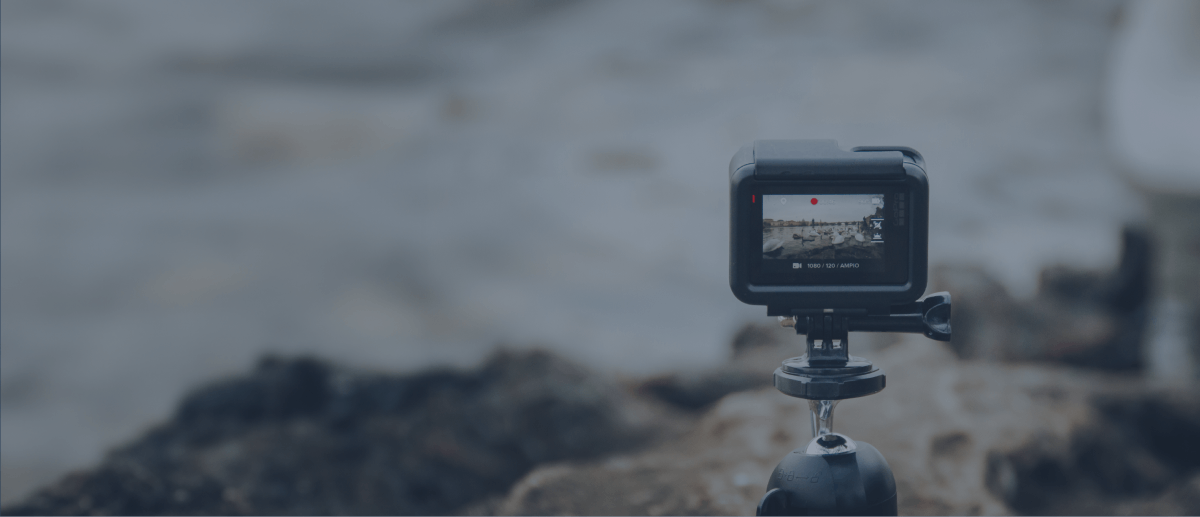
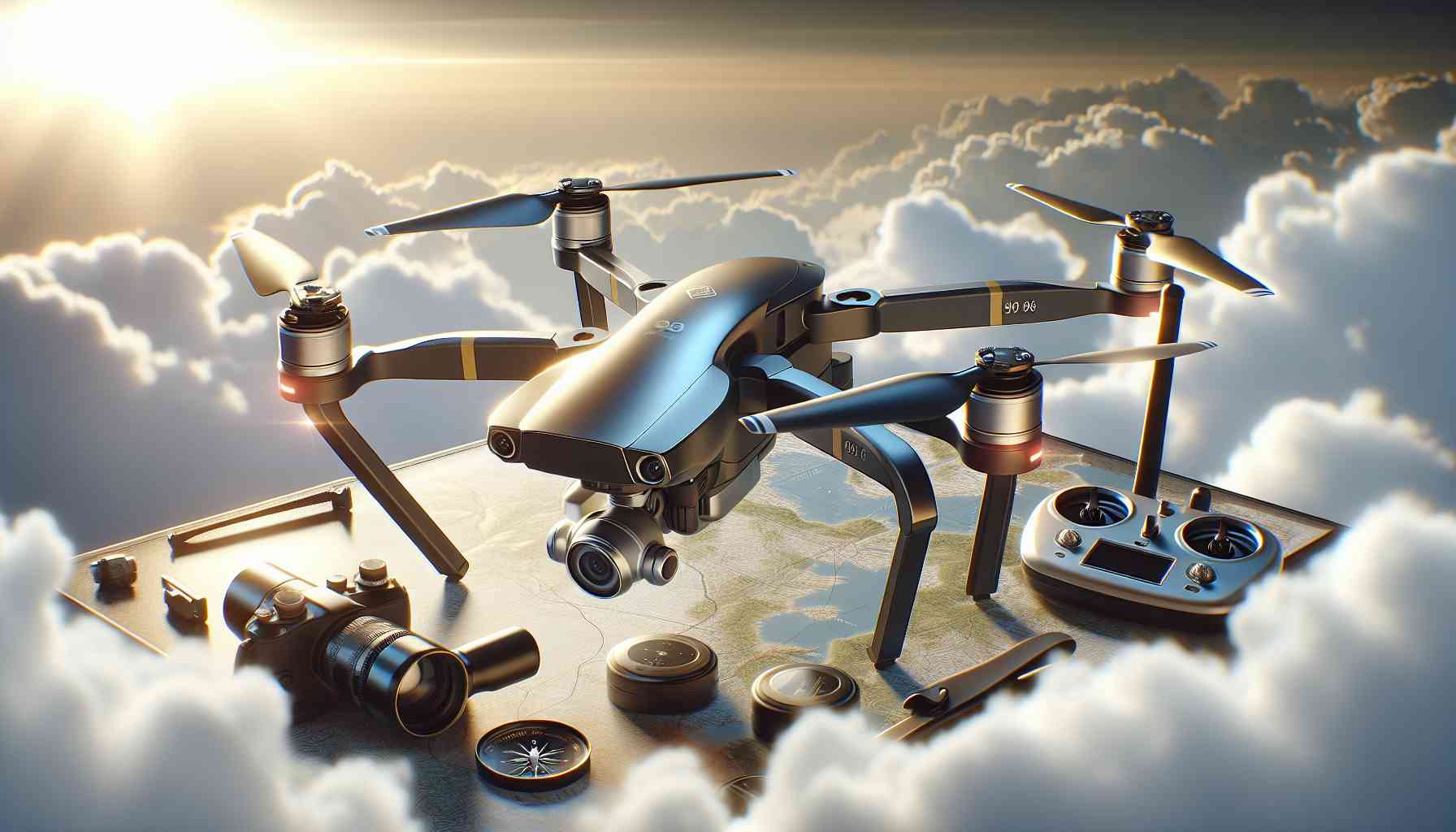
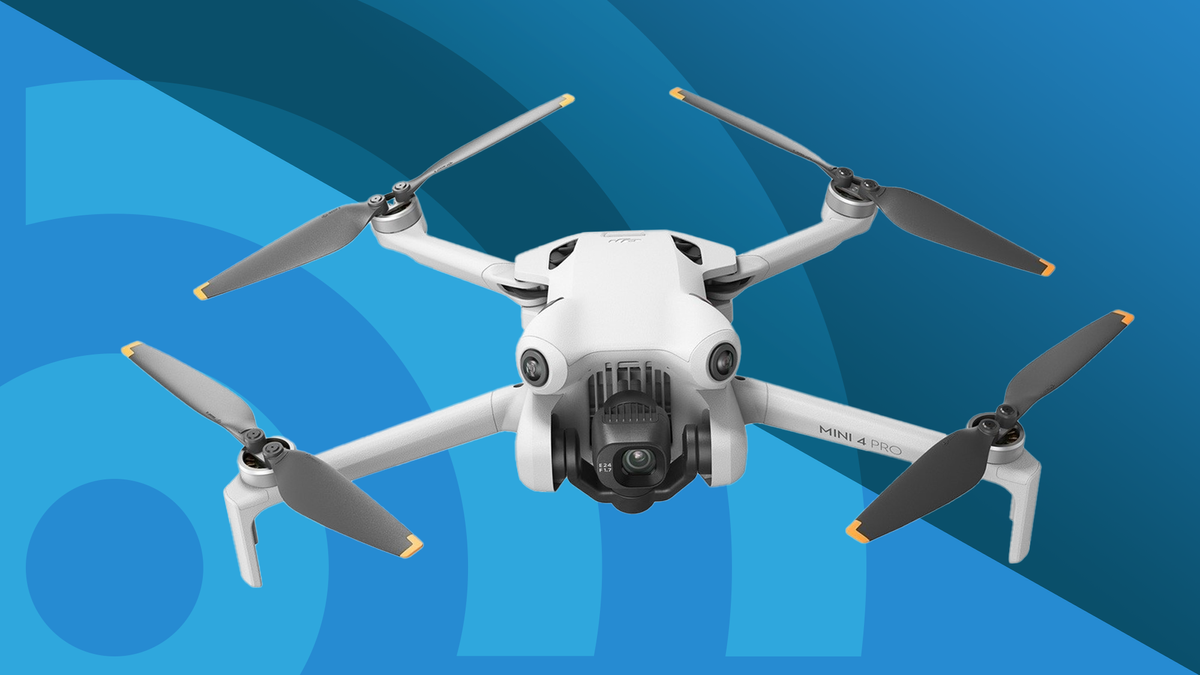
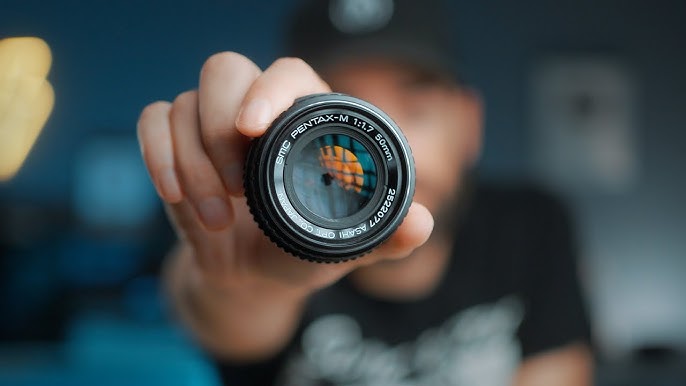
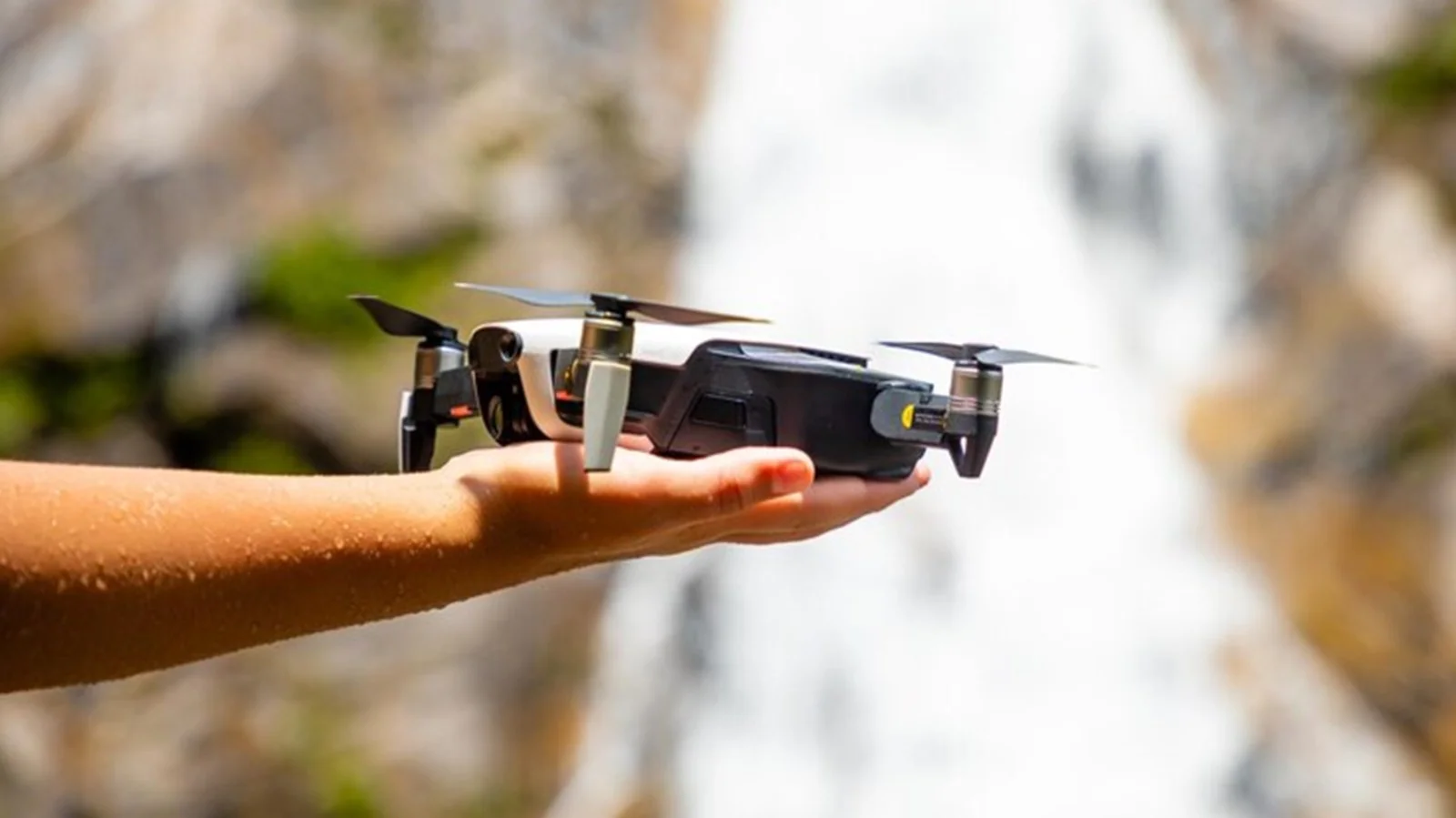
Leave a Reply